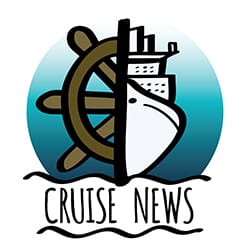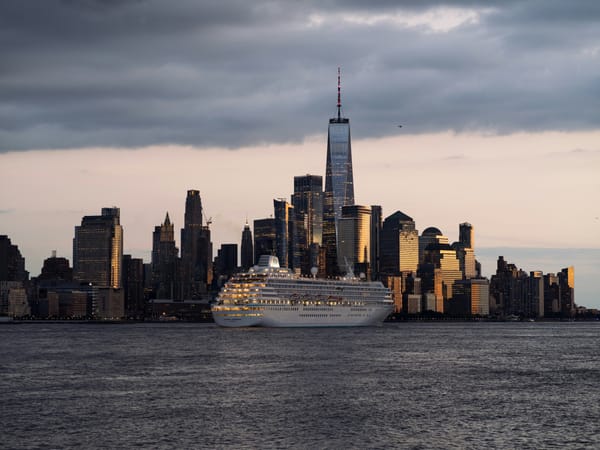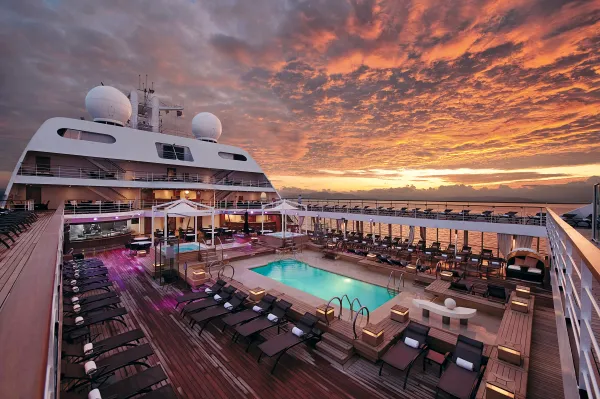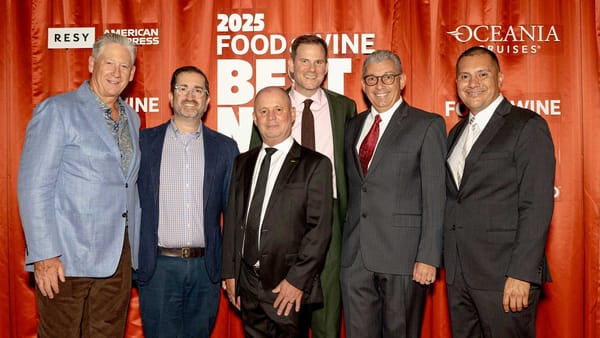Mega Cruise Ships Drive Industry Growth and Spur Sustainability Efforts
Mega cruise ships are reshaping travel with advanced amenities and eco-friendly tech, while ports and operators adapt to the pressures and benefits of larger ships and soaring passenger volumes.
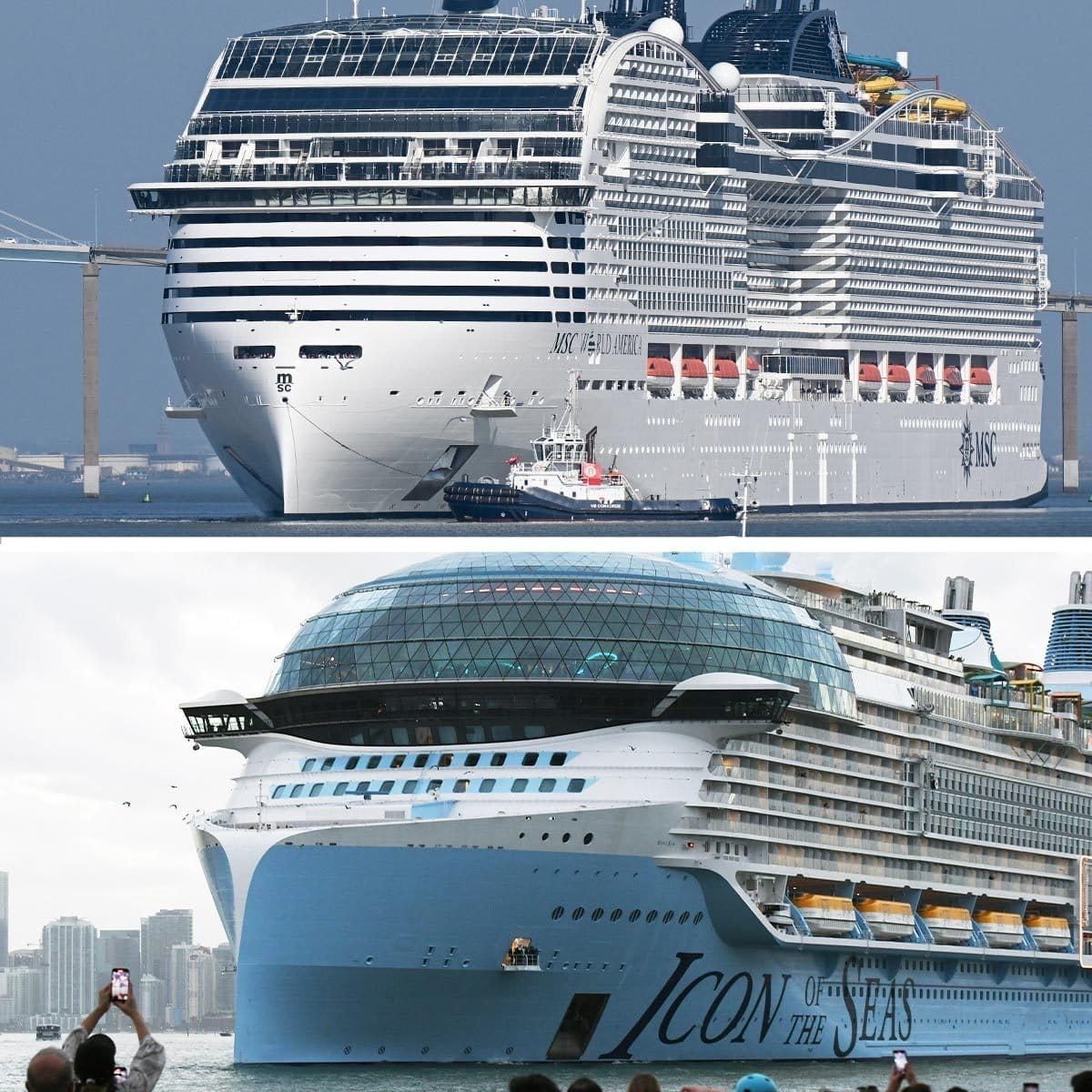
The cruise industry is experiencing unprecedented growth, with larger-than-ever vessels setting new benchmarks for passenger capacity and onboard experiences. Royal Caribbean, Carnival Cruise Line, MSC Cruises, and Norwegian Cruise Line are leading the trend by expanding fleets and developing mega ships that boast immersive amenities catering to a wide range of travelers.
Growth of the Mega Cruise Ship Market
Consumer demand for innovative vacation experiences has spurred the construction of massive cruise ships featuring groundbreaking designs and attractions. Royal Caribbean’s Icon of the Seas, recognized as the world’s largest cruise ship at 1,196 feet, accommodates up to 7,600 passengers. Its sister ship, Star of the Seas, is slated for debut later this year, offering similarly expansive amenities and capacity.
MSC Cruises has also bolstered its presence with the addition of MSC World America to its fleet. Custom-built for North American passengers, this 20-deck vessel includes waterslides, six pools, and an extensive indoor promenade. With a capacity of 6,762 passengers, it is part of MSC’s World Class line, designed to boost efficiency and incorporate environmental considerations.
Technological and Sustainability Advances
Beyond sheer size, environmental sustainability is becoming central to new cruise ship designs. Vessels from Carnival and MSC increasingly utilize liquefied natural gas (LNG) propulsion (a cleaner alternative to conventional fuels), and many are equipped with shore-power connectivity to reduce emissions while docked. Advanced wastewater treatment systems and energy-reduction technologies further illustrate the industry’s push toward sustainability.
Nevertheless, questions persist about the industry’s overall carbon footprint, particularly as these ships grow bigger and carry more passengers. Balancing record-breaking passenger capacities with investments in low-emission technologies remains an ongoing challenge for cruise operators.
Economic Impact and Market Trends
Home ports such as PortMiami reap economic benefits from mega ships through onboard services, shore excursions, and overall tourism spending, boosting local businesses. Competition among cruise lines continues to intensify in North America, where many of the newest and largest ships are stationed. According to industry estimates, more than 37 million passengers could take a cruise by 2025. With 77 new ships on the global orderbook, sustained demand and a robust pipeline of innovations are anticipated.
Key Challenges: Overtourism and Infrastructure
While mega ships draw travelers with their extensive onboard offerings, their sheer size can strain smaller ports. Cities and islands unprepared for large-volume arrivals may grapple with overcrowded streets, higher waste output, and stress on local facilities and natural resources. In response, some ports have adopted visitor limits and strengthened partnerships with cruise lines to regulate tourist flow. Many cruise operators are also revising itineraries, prioritizing ports that have the capacity and infrastructure to handle higher foot traffic without compromising community well-being.
Onboard “floating city” features help mitigate some pressure by allowing guests to enjoy extended stays at sea, distributing crowds more evenly between the ship and shore excursions.
Future Outlook: A Competitive and Evolving Sector
By 2030, several new vessels are expected to launch, each showcasing advances in comfort and environmental responsibility. Cruise lines will likely continue investing in cutting-edge technology, luxury amenities, and sustainable practices to appeal to a variety of travelers actively seeking both convenience and eco-consciousness. The push to marry scale with sustainability underscores the industry’s efforts to balance passenger growth and responsible tourism.
Frequently Asked Questions (FAQs)
What defines a mega cruise ship?
A mega cruise ship typically refers to any vessel accommodating more than 3,000 passengers. Some of the largest can carry over 7,000 guests and include multiple pools, restaurants, theaters, and other high-capacity entertainment venues.
What are the key attractions of newer mega ships?
Many modern mega ships feature extensive dining options, cutting-edge entertainment like virtual-reality lounges, waterslides, and family-oriented programming. Specialty “neighborhoods” onboard cater to varied interests, providing a wide range of activities under one roof.
How are cruise lines addressing sustainability concerns?
Major operators are integrating LNG propulsion, shore-power connections, and advanced wastewater systems into ship designs to lower emissions and reduce ecological impact. These technologies help improve energy efficiency and lessen pollution in port cities.
Are smaller ports equipped to handle mega ships?
Not all ports have the capacity to host large cruise vessels due to potential congestion and limited facilities. Cruise lines often coordinate closely with port authorities to ensure that infrastructure can accommodate high passenger volumes, sometimes modifying itineraries to avoid overcrowding.
What economic benefits do mega cruise ships offer?
Mega ships generate significant revenue for both home and destination ports by attracting travelers who spend on food, entertainment, excursions, and local services. Development and construction of these vessels also spur job creation in shipyards, port operations, and the broader hospitality sector.
As the industry evolves, rapid innovation, an emphasis on sustainability, and the ongoing appeal of large-scale leisure experiences suggest cruises will continue to feature prominently as a popular vacation choice, even as the sector contends with the demands of bigger vessels and larger passenger numbers.
